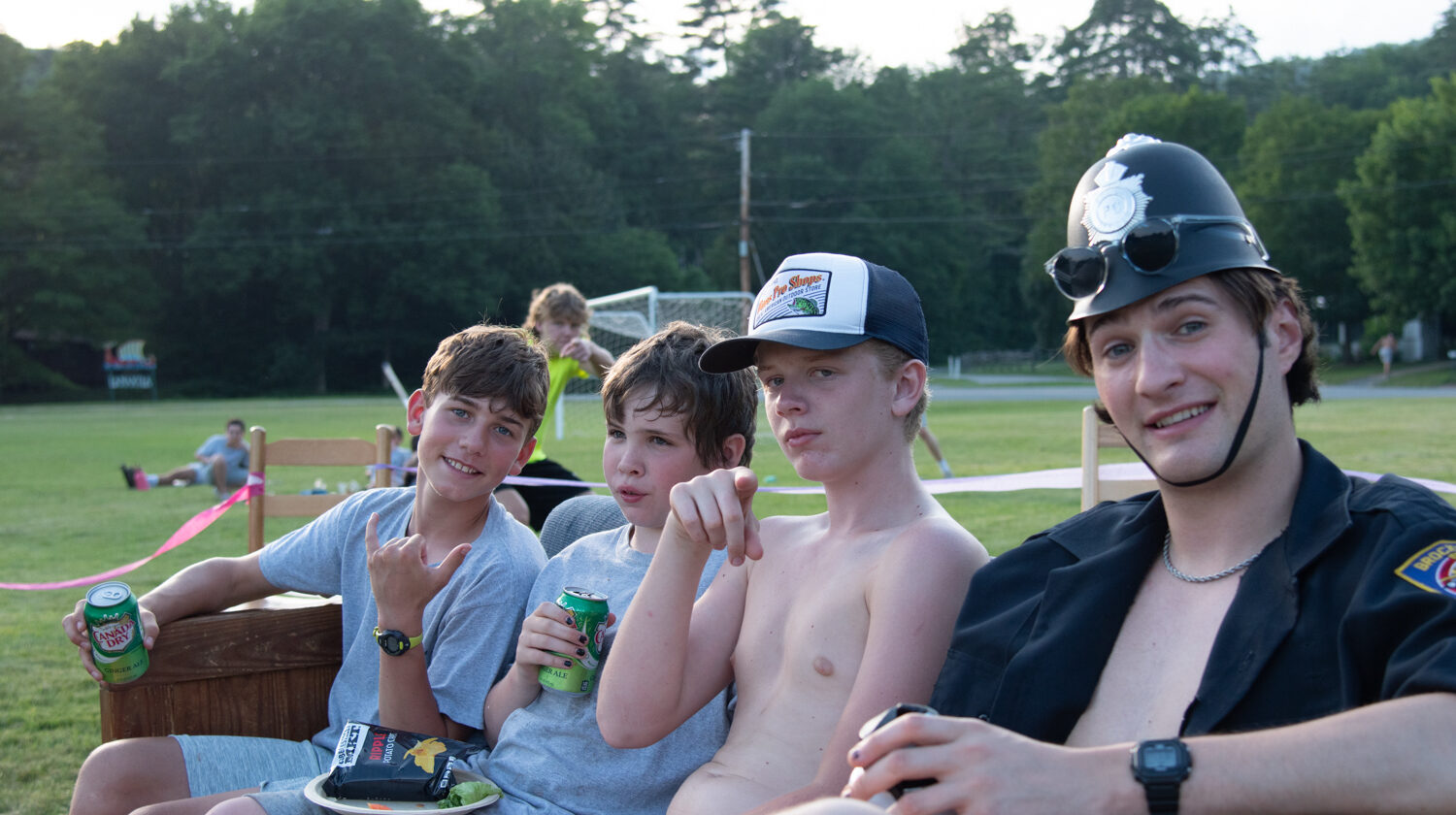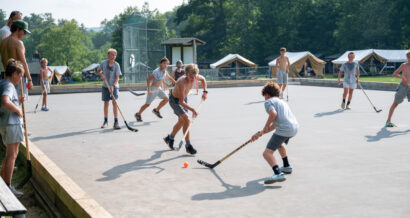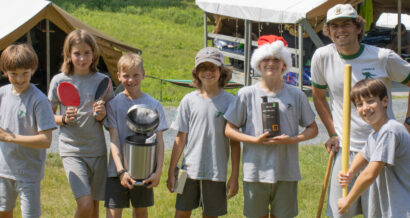 Article
Article

 The advent of sharing photos from summer camp is a relatively recent phenomenon, and one that is prompting camps across the country to grapple with brand-new questions. In this hyper-connected world, how do we begin to navigate the nuances of posting photos from camp? The right frequency, the right quantity, and which platforms to use are all mysteries to be solved—and it’s not just camps adjusting to this new world.
The advent of sharing photos from summer camp is a relatively recent phenomenon, and one that is prompting camps across the country to grapple with brand-new questions. In this hyper-connected world, how do we begin to navigate the nuances of posting photos from camp? The right frequency, the right quantity, and which platforms to use are all mysteries to be solved—and it’s not just camps adjusting to this new world.
As a parent, I’ve attempted to adapt appropriately too. I’ve been there–clicking the refresh button, hoping this was the moment that camp posts the next crop of images. When our children have been away from us for a few days, a week, a month—we are anxious to see a new picture to show their growth, their smiles, and their newfound friends.
But sometimes, and I include myself in this, we can be tempted to look too closely, seeking answers to mysteries that we ourselves create.
The Case of the Crossed-Arm-Camper
Years ago, a camp parent reached out to me, troubled by an image they had seen online. In a posted photo, they’d seen a group of boys huddled together in strategic conversation while waist-deep in water. Meanwhile, their boy stood on the periphery alone, stone-faced, with arms crossed. Lacking context, this sparked real concerns of exclusion and isolation in his parents. Why was he alone? Why so serious? Had he done or said something hurtful? Had something hurtful been said to him? I headed down to the waterfront to investigate.
Gathering my swim staff for a brief conference, we were able to determine that what the camera had actually captured was a game of “Greasy Watermelon.” The four boys together were strategizing how to move a large fruit (not pictured) from one end of the swim area to the other. The cross-armed boy in question was acting as his team’s first line of defense should the watermelon’s momentum happen to shift (as it may at any time in Greasy Watermelon). The photographer had captured him taking his duties very seriously.
What looked like isolation, was actually a real-time glimpse of camper-initiated teamwork, goal-setting, role-defining, responsibility, and FUN. I reached out to his parents that night and closed the case.
Epilogue
For me, this example underscores the challenge of posting and interpreting images without context. Our fears as parents, separated from our children, can be exacerbated by this one-dimensional communication and misinterpretation can prompt even the most well-intentioned parent to needlessly intervene.
 In his book, Homesick and Happy, child Psychologist Michael Thompson discusses the power of the summer camp experience, illustrating how children who are away from their parents can be both “homesick and happy, scared and successful, anxious and exuberant. When kids go to camp—for a week, a month, or the whole summer—they can experience some of the greatest maturation of their lives, and return more independent, strong, and healthy.” Kids need to experience all these things because it is part of creating their autonomy, independence, and voice. They need the opportunity to explore through the entire experience, bug bites and all.
In his book, Homesick and Happy, child Psychologist Michael Thompson discusses the power of the summer camp experience, illustrating how children who are away from their parents can be both “homesick and happy, scared and successful, anxious and exuberant. When kids go to camp—for a week, a month, or the whole summer—they can experience some of the greatest maturation of their lives, and return more independent, strong, and healthy.” Kids need to experience all these things because it is part of creating their autonomy, independence, and voice. They need the opportunity to explore through the entire experience, bug bites and all.
The reality at camp is that we want campers to be fully present and we attempt to document the summer in a way that is minimally intrusive. We would rather capture an unaware child absorbed in a book (or fiercely defending against out-of-frame watermelons) than create endless images of campers being asked to smile and pose for the camera. In this way, we feel we capture the essence of camp, and provide parents with the ability to enjoy an unscripted glimpse of joy or growth—and that’s the version of camp we’re genuinely excited to share with you.

